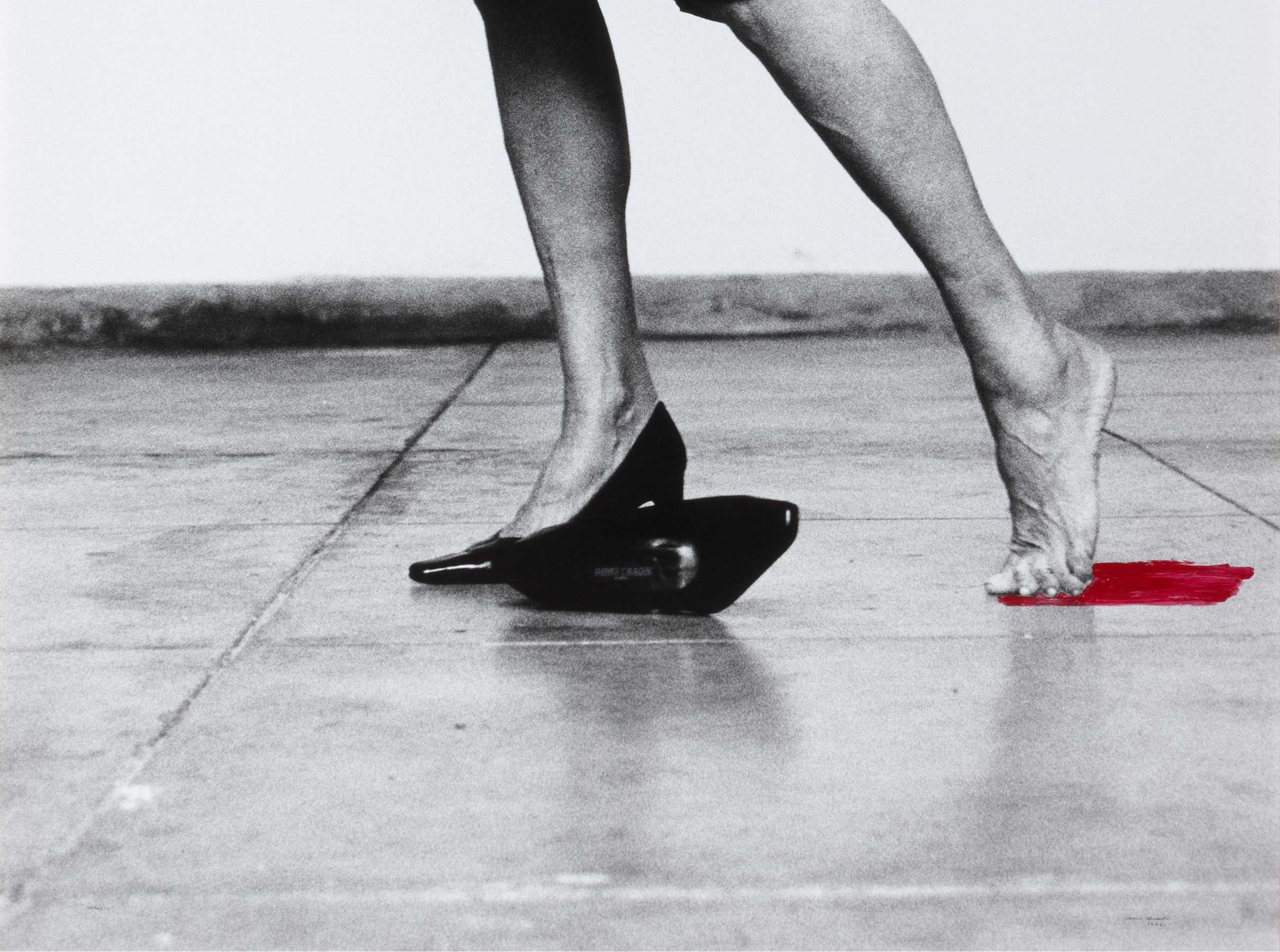Sin título [Untitled]
- 1989
- Gouache, charcoal, coloured pencils on paper fixed to board (plywood)
- 197,7 x 297,5 cm
- Cat. P_463
- Acquired in 1992
As a child, Luis Canelo says, he played at ‘making worlds’. He would dig holes in the earth to hold pieces of coloured papers, seeds, grasses and stones that he then covered with glass and earth to create hidden treasures. Little could he have imagined that years later, after reading Anaxagoras, Kant, Hegel, Husserl, Bergson, Deleuze, Dante, Greenberg and Krauss, those worlds would form the germ of others that he would create through his personal language of the organic, used from his early exhibitions in the late 1960s.
Focusing on interpreting reality on the basis of a deeply theoretical and experiential approach, linked to memory and the socio-cultural fabric, Canelo’s work draws from the rural surroundings of Trujillo, surrealist painting, the material abstraction of Antoni Tàpies, the poetry of Giorgio Morandi and the pictorial work of the abstract expressionists. These reference points, combined with Canelo’s passion for poetry and philosophy, have lead him to forge his works around the parameters of abstraction and nature, which he approaches by alternating metaphorical, descriptive, organic and mineral perspectives with languages that are close to the biological fluidity, mineral force and geometric structure of the natural order.
These four works by Canelo are painted on organic media – cardboard, paper and wood with a cold pallet and an energetic smoothness of a stroke, leading one to interpret his results as part of an intellectual-scientific study on the micro-materials that make up a landscape. They speak of a territory composed of textures, configurations and structures populated by mineral, liquid, ethereal and cosmological figures. They were painted in the late 1980s and early 1990s based on an aesthetical abstraction that both structures the space and underscores the conceptual control of his work.
Other works by Luis Canelo Gutiérrez

![Sin título [Untitled]](/f/webca/INF/assets/img/fff.png)